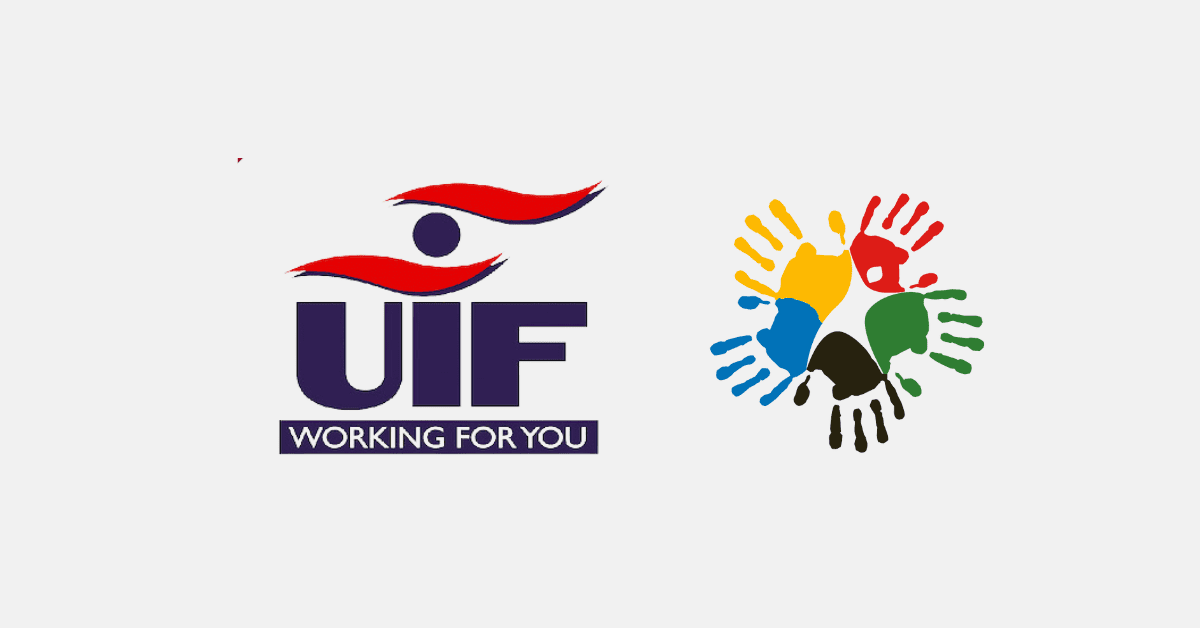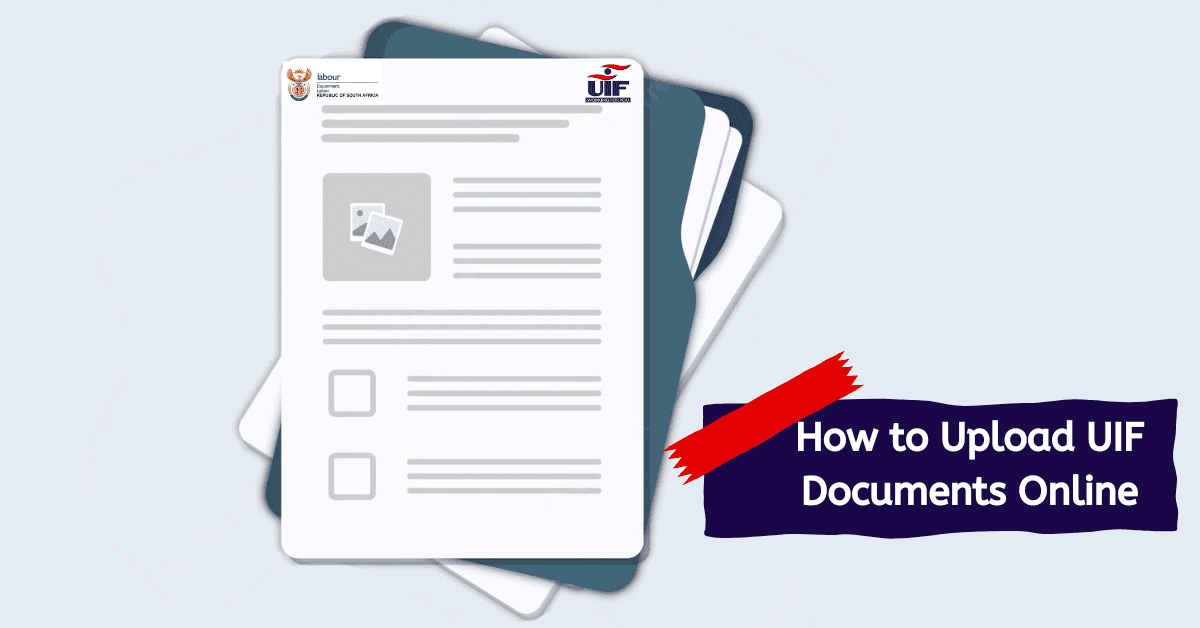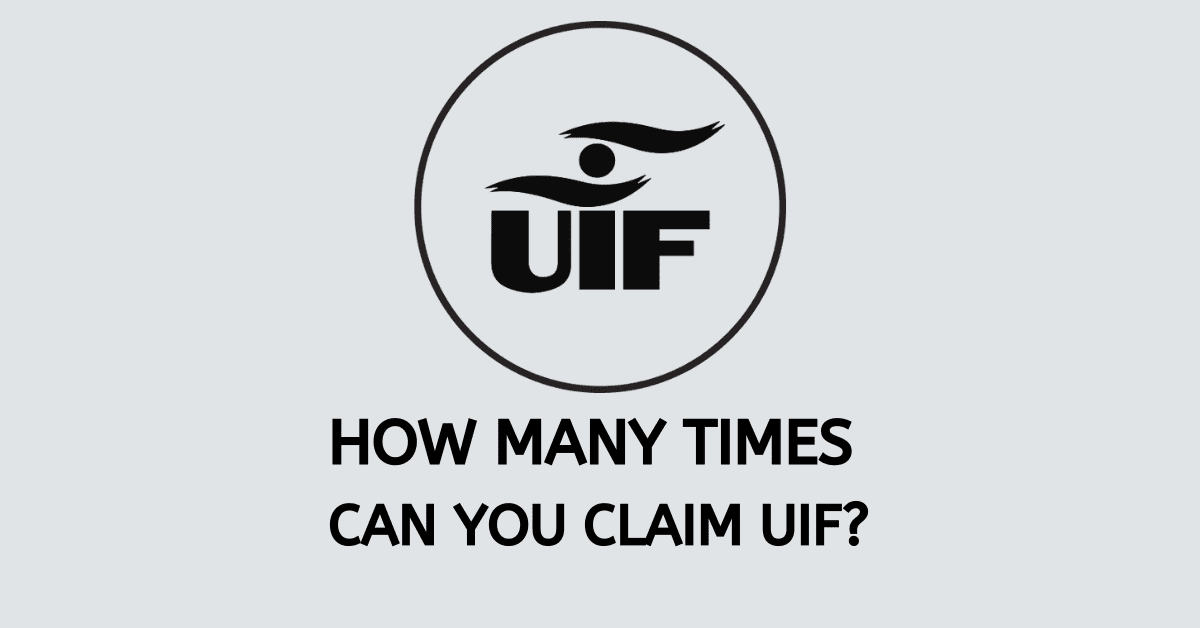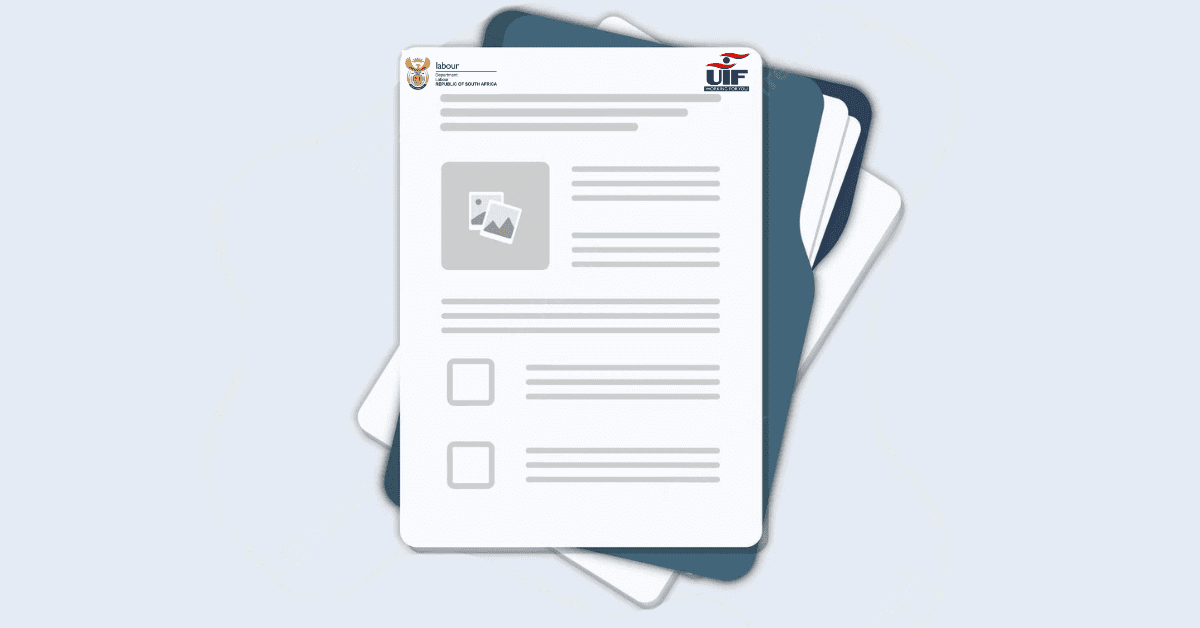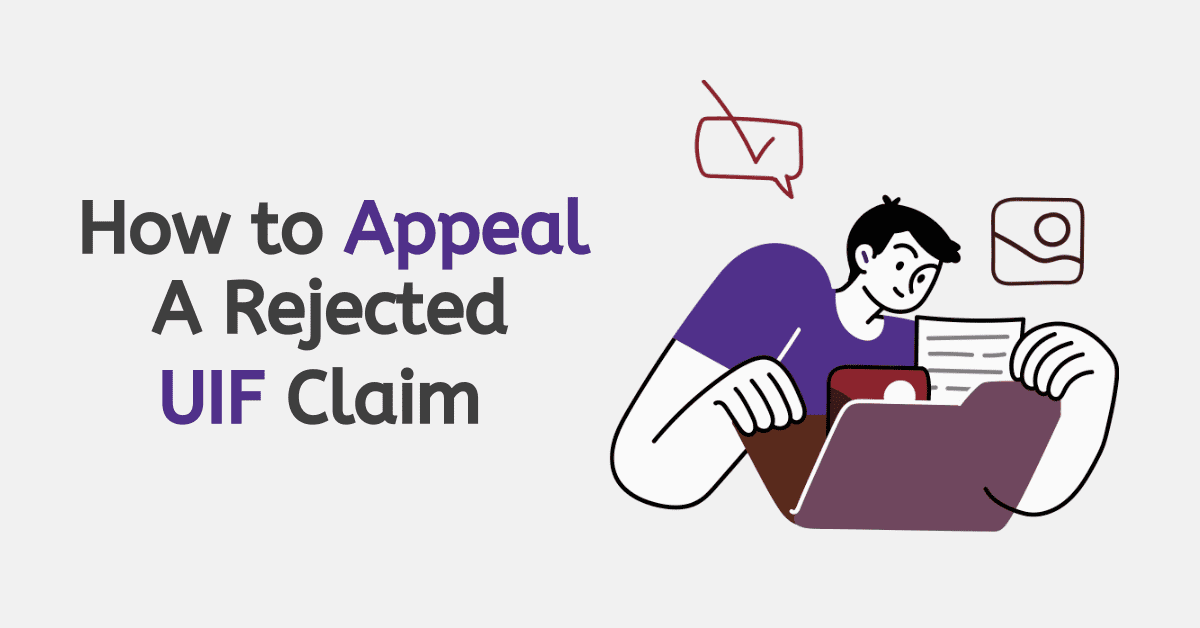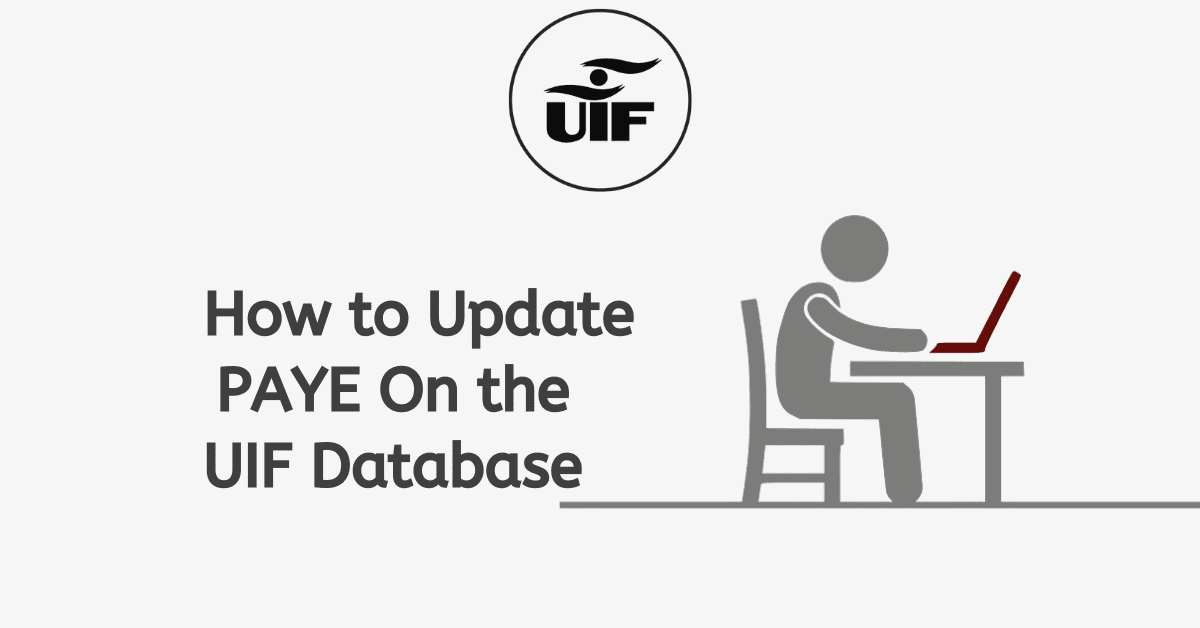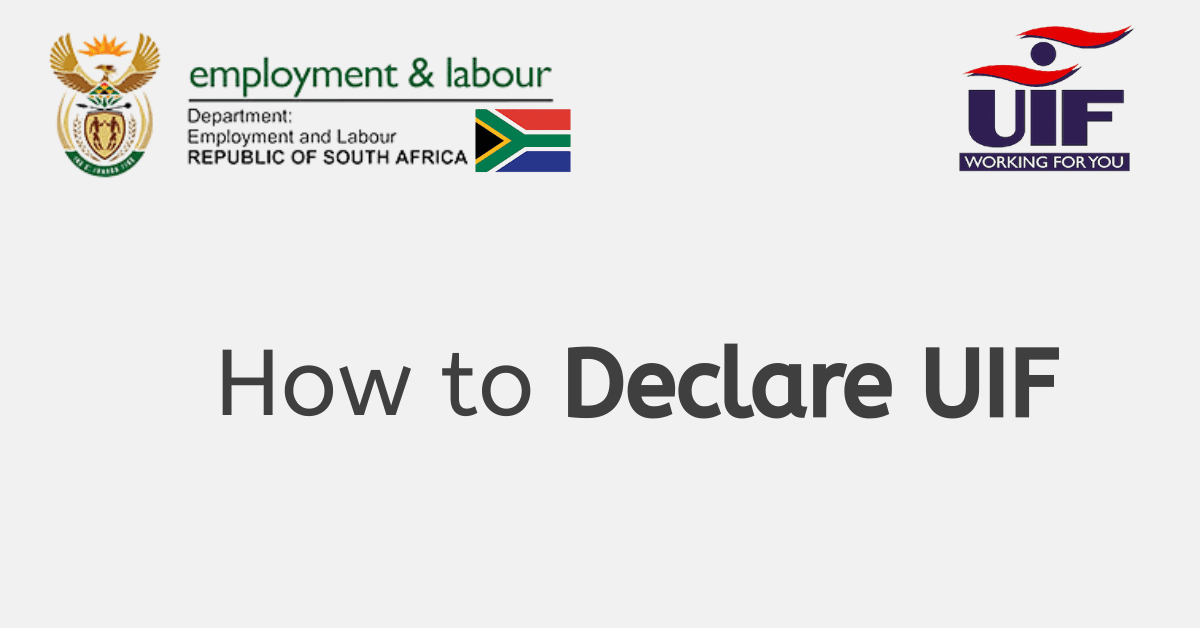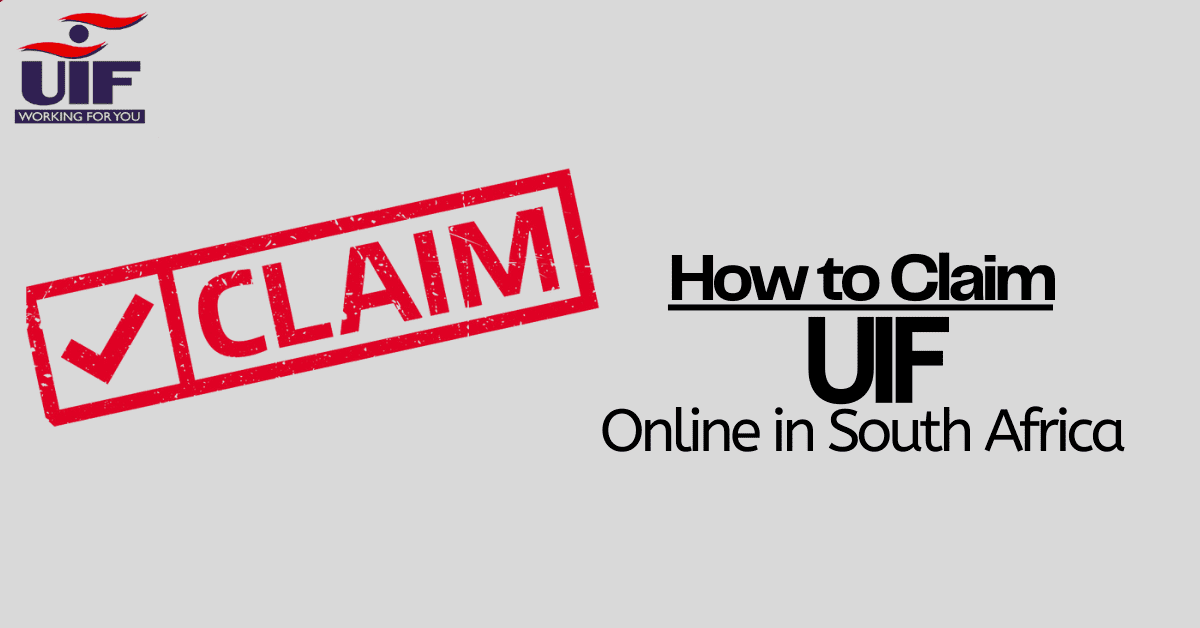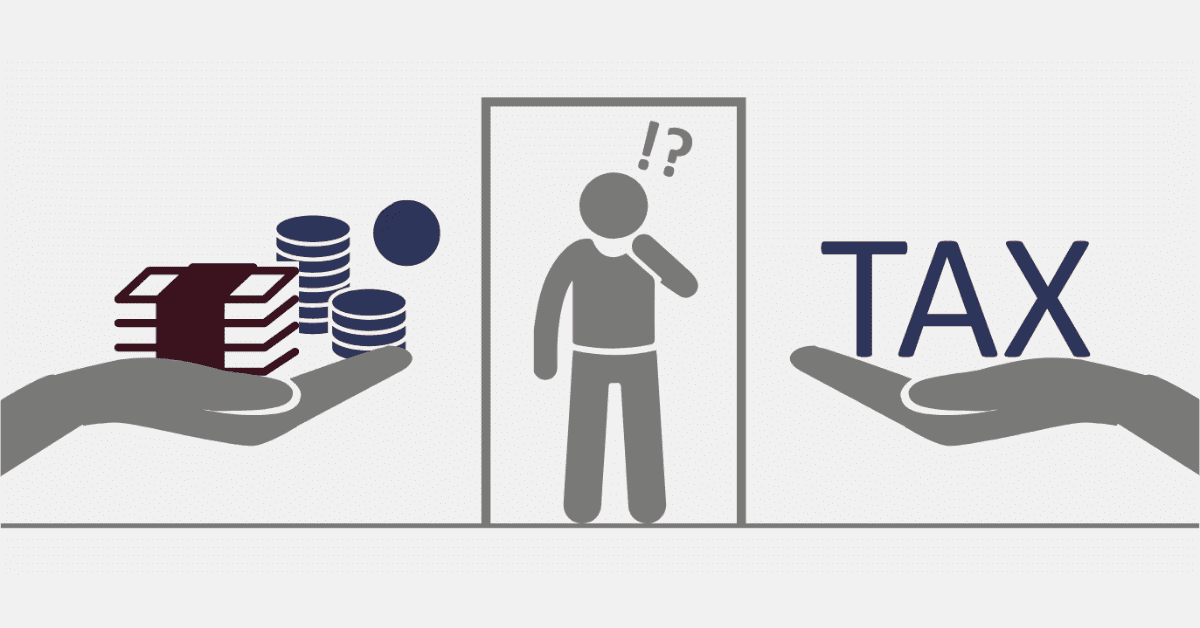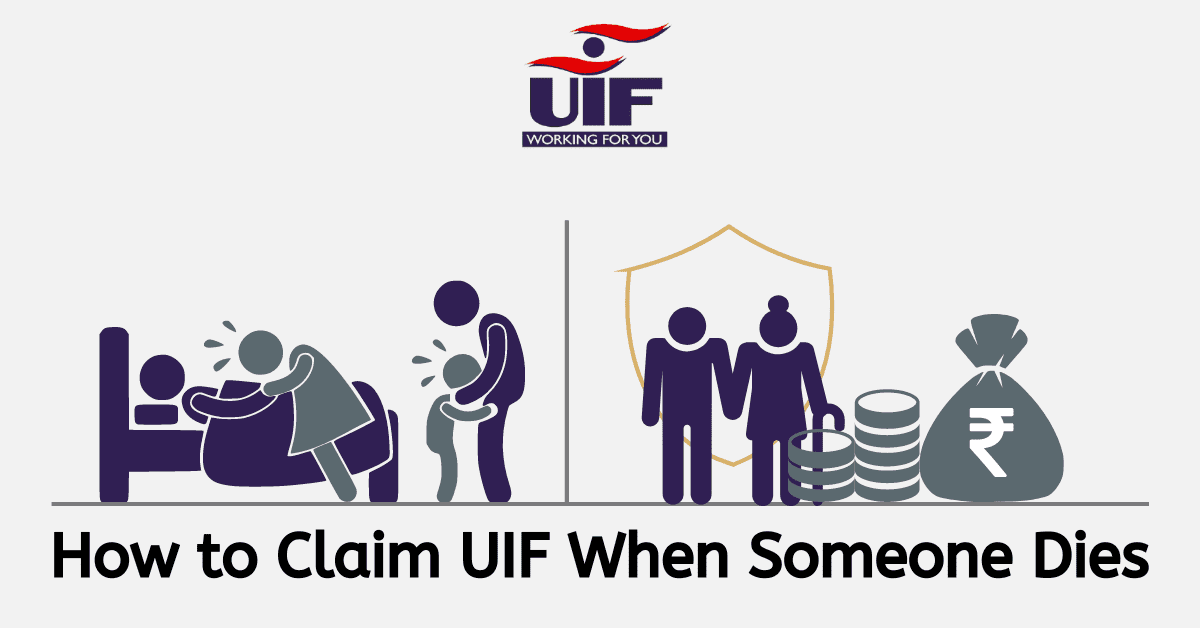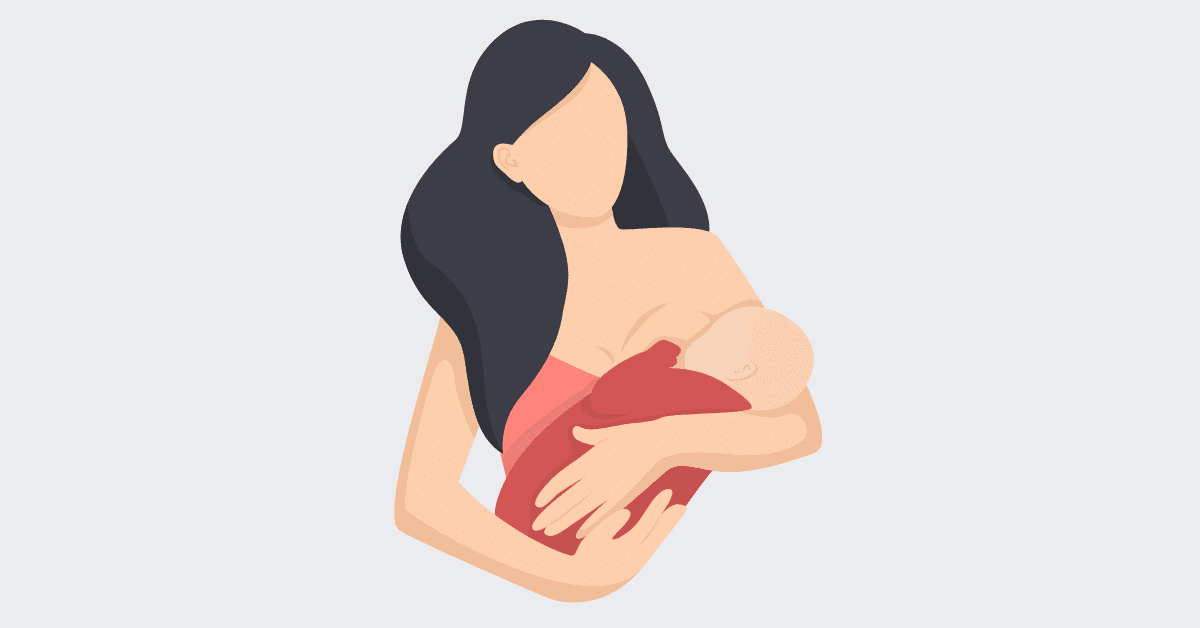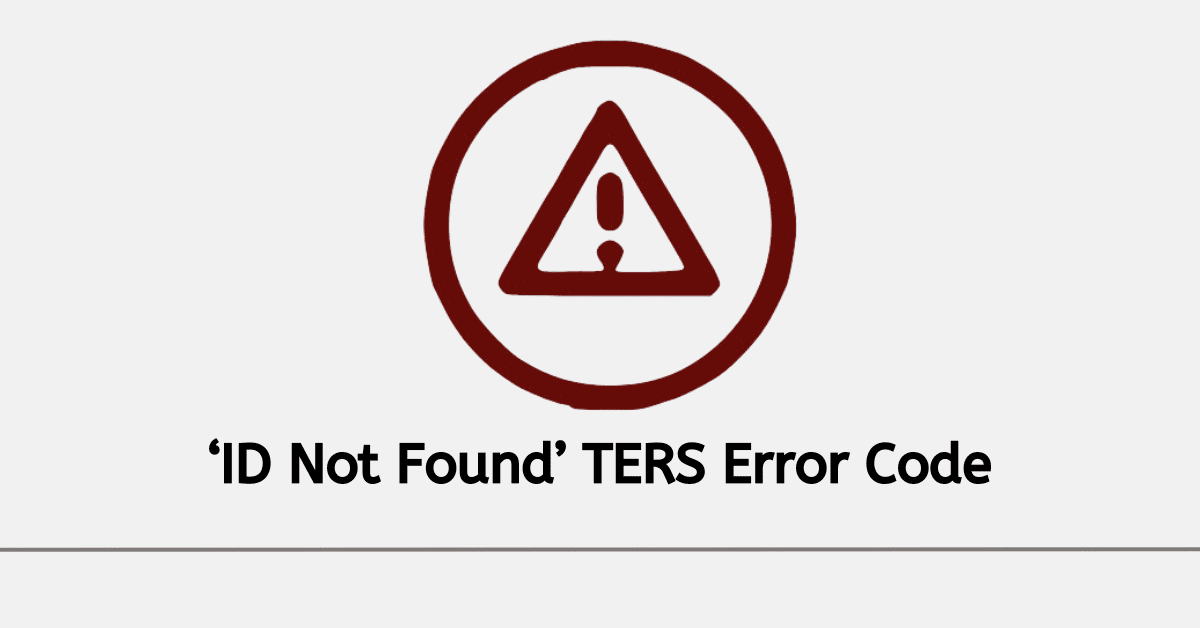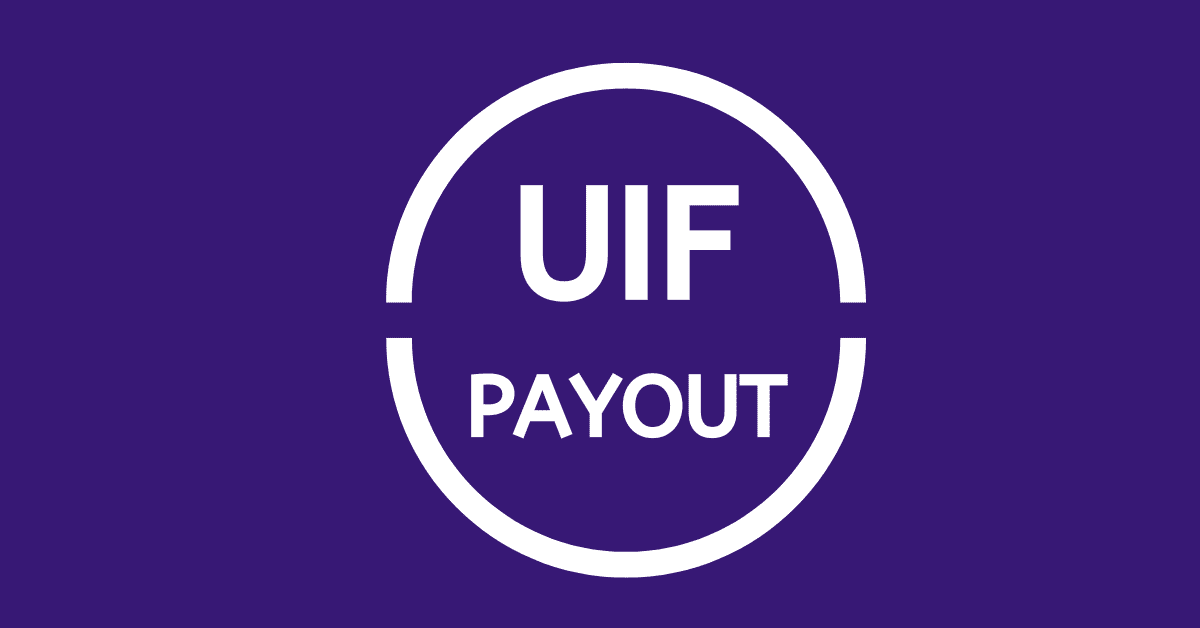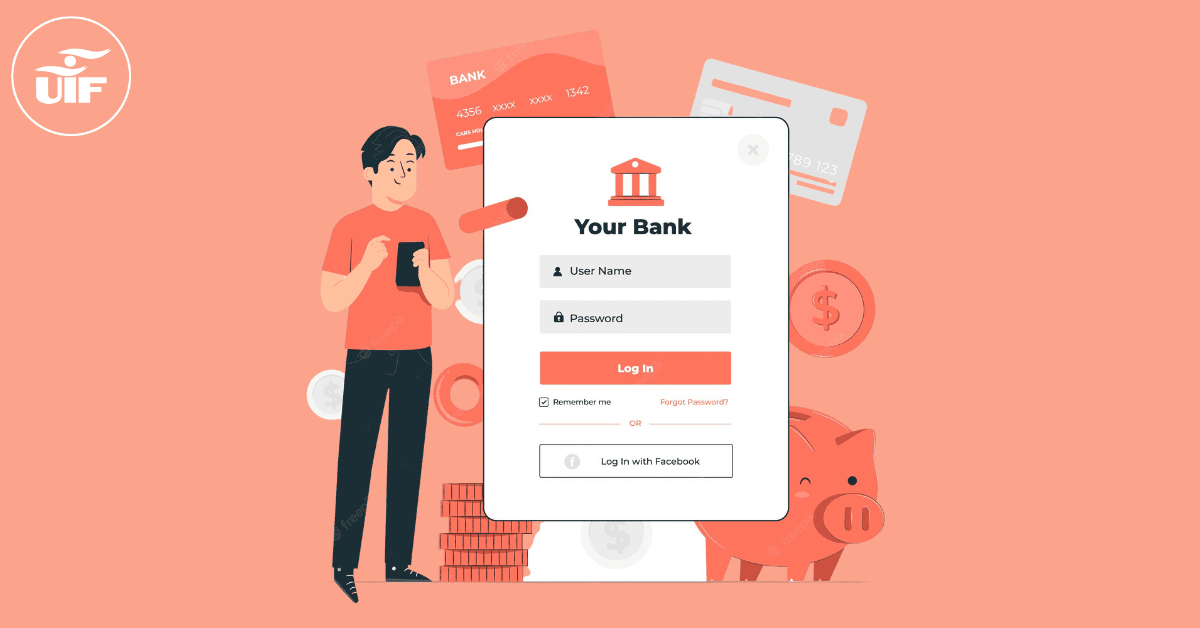When experiencing job loss in South Africa, individuals might qualify for benefits from the Unemployment Insurance Fund (UIF). These benefits serve as a source of financial assistance during the unemployment period. A frequently asked question by many individuals is the duration it takes for the UIF to disburse payments following retrenchment. In this explanation, we will delve into the procedure and schedule for obtaining UIF payments after retrenchment
How long does UIF take to pay out after retrenchment?
After retrenchment, the timeframe for receiving UIF payments from the UIF can vary. As per the guidelines provided by the Department of Labor, assuming all requirements are met, individuals can expect to begin receiving funds from the UIF within an estimated eight weeks following their claim’s registration. Consequently, the initial payment is anticipated to be disbursed roughly two months after the claim submission.
Nevertheless, it is crucial to acknowledge that this represents a typical duration, and the actual processing time may be influenced by unique circumstances. The processing timeframe can be impacted by several factors, including the number of claims being handled or the requirement for supplementary documentation or verification. Suppose you have not received your funds within eight weeks of applying for your UIF benefit. In that case, contacting the Labor Center to inquire about the specific delay is recommended.
How Many Months Does Uif Pay After Retrenchment?
UIF payments are made over a specific period after retrenchment. According to the UIF, the benefit is paid out every four weeks until the funds in the unemployment benefit are used up. The payment duration is contingent upon the quantity of funds present in the individual’s UIF account.
Accumulated credits are calculated by the period of prior contributions to ascertain the duration for which an individual is eligible to request UIF benefits. For every four days worked as a contributor, one day’s credit is earned, with a maximum of 12 months (365 days). Therefore, the number of months UIF can be claimed may vary depending on the individual’s work history and accumulated credits.
How Much Can You Claim From Uif When Retrenched?
When retrenched, the amount claimed from the UIF depends on the individual’s previous earnings. For individuals whose monthly income was below R12,478, the UIF benefit is determined based on around 36-56% of their average monthly earnings during the preceding four-year period. The percentage decreases as the salary increases.
There is a fixed monthly benefit amount for those who earned or used to earn more than R12,478 monthly. The estimated scope for this predetermined allowance falls from R4,250 to R4,550 per month.
It is essential to acknowledge that the UIF assistance is contingent upon a maximum limit of days for which one can request benefits. This maximum number of days is 238 days. The specific amount an individual receives will depend on their earnings and the number of days they are eligible based on their contributions to the UIF.
How Does Uif Payment Work After Retrenchment?
Once an individual has been retrenched, they must register as work-seekers and apply for UIF benefits. This can be done in person at the nearest labor center or through the official website of the UIF. During the application process, certain documents need to be provided, including a copy of the 13-digit bar-coded identity document, the last six payslips, the information supplied by the employer (UI-19), a service certificate from the employer, proof of registration as a work seeker, and a fully completed registration form.
After the claim is forwarded, the UIF will start processing the submission. If the application meets all the key must-haves and obtains approval, the initial payment will be transferred to the specified bank account of the individual within a period of two to four days following the completion of the registration process. Keeping track of signing dates is important, as individuals must sign the unemployment register approximately every four weeks. This sign-in process helps demonstrate the continued need for UIF benefits.
To remain eligible for UIF payments, individuals may be asked to participate in career counseling if requested by a UIF officer, be available for work, and actively seek employment by approaching different companies.
Conclusion
After retrenchment in South Africa, individuals can apply for UIF benefits to receive financial assistance. The process of receiving UIF payments typically takes around eight weeks from registration. Payments are made every four weeks until the unemployment benefit is exhausted. UIF payments can extend to 12 months, depending on the accumulated credit days. The amount of UIF benefits is determined by the individual’s monthly salary while employed, with different percentage ranges and fixed benefits based on salary brackets. The first payment is usually received within two to four days after signing the UIF register, with subsequent payments following approximately every four weeks.
